Big Salmon Runs Today – What about the Future?
- March 13, 2015
- John Harrison
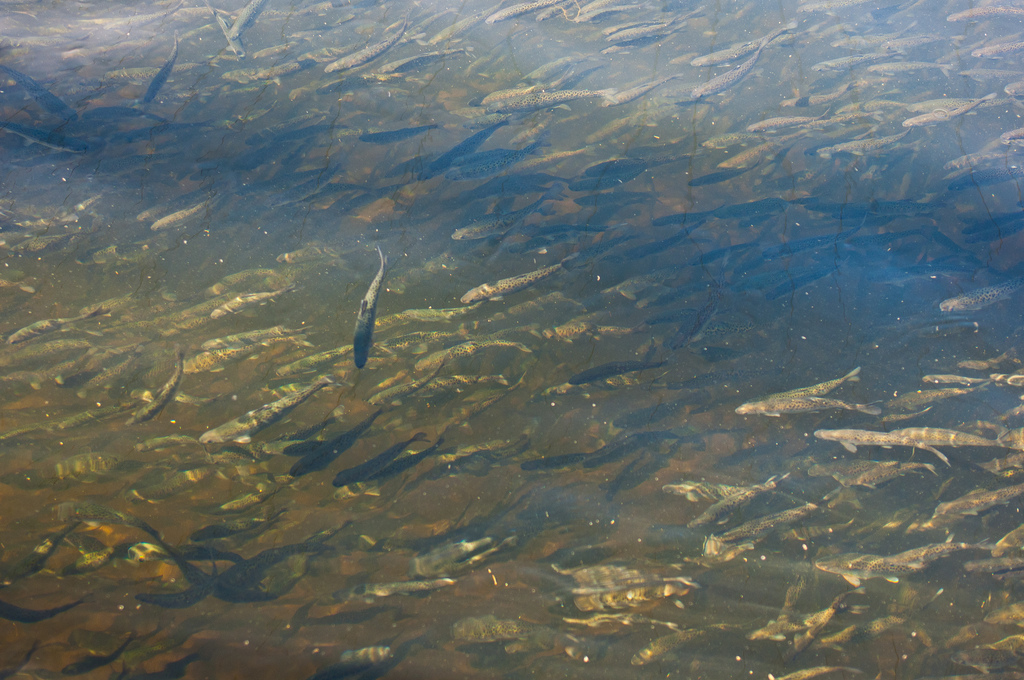
2014 was a record year for salmon in the Columbia River.

2014 was a record year for salmon in the Columbia River.
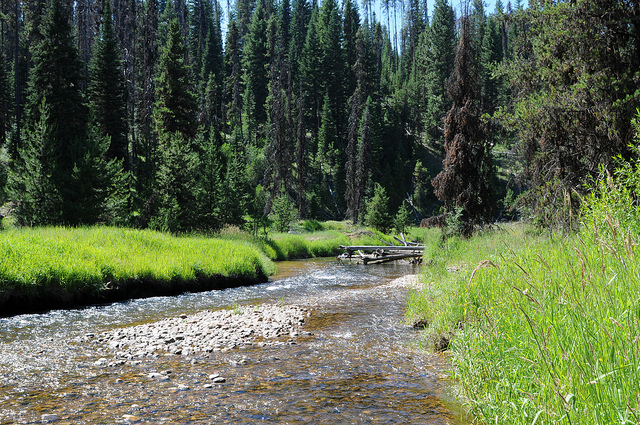
The Council and NOAA Fisheries, the federal agency that implements the Endangered Species Act for Columbia River salmon and steelhead, are compiling existing quantitative goals and objectives for fish recovery and considering how to measure progress toward protecting and restoring
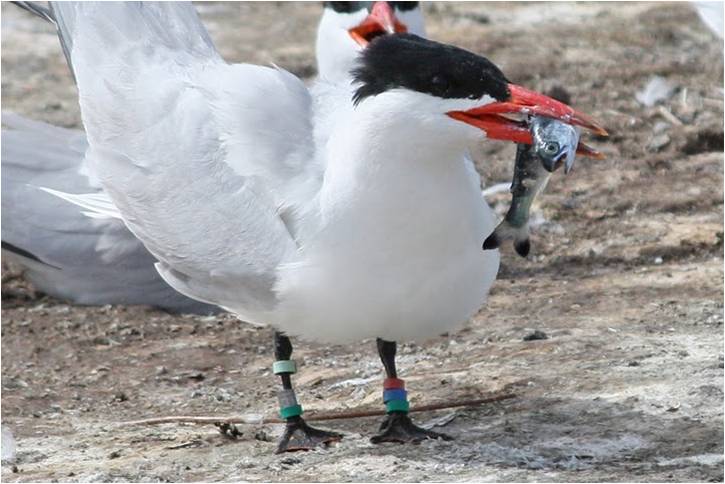
Predation by Caspian terns on juvenile salmon and steelhead is a problem in the Columbia River estuary, but that’s not the only place. It’s also a problem in the mid-Columbia area of central Washington, where it's causing the Grant County
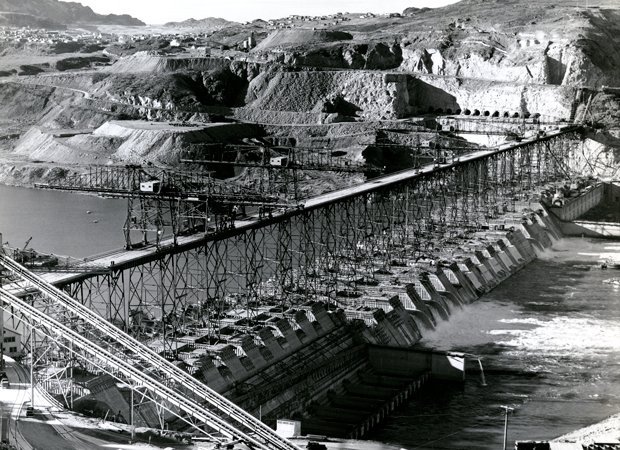
The Spokane-based Upper Columbia United Tribes organization (UCUT) is seeking comments on its draft work plan to study the feasibility of reintroducing salmon and steelhead to areas of the upper Columbia River in the United States that are blocked to
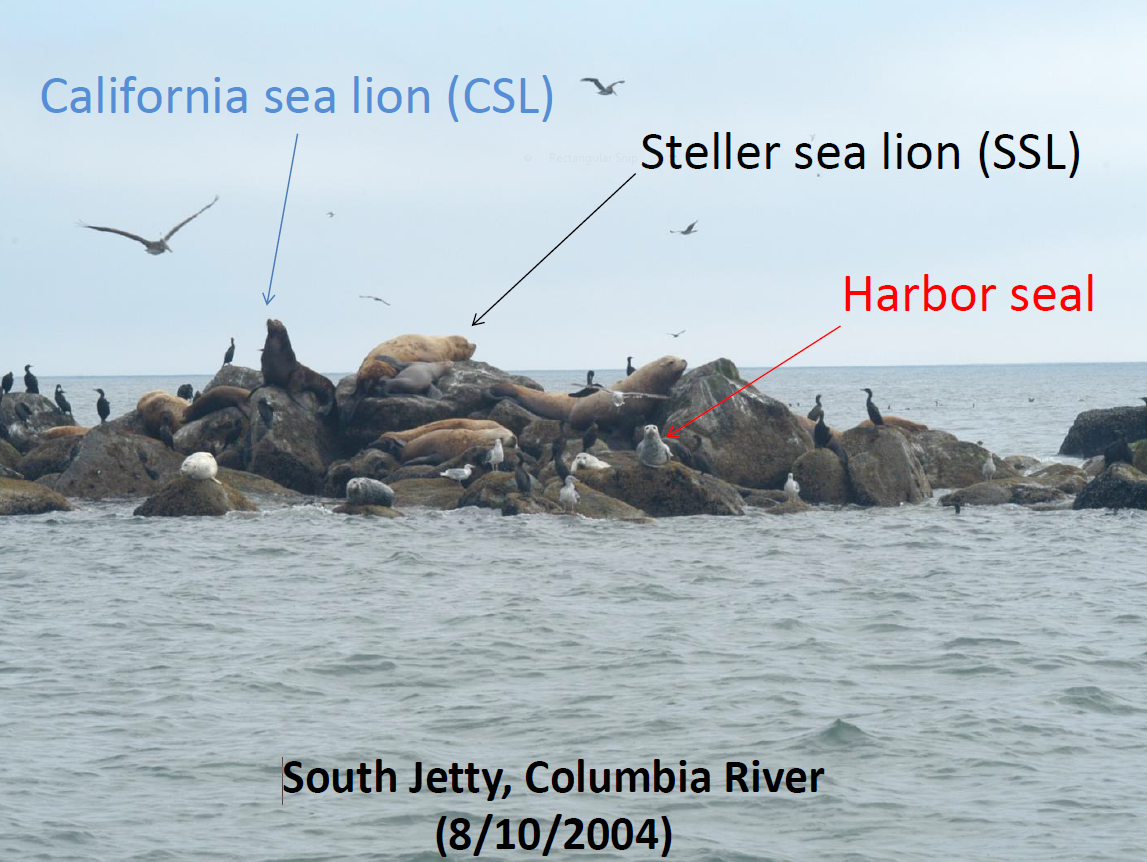
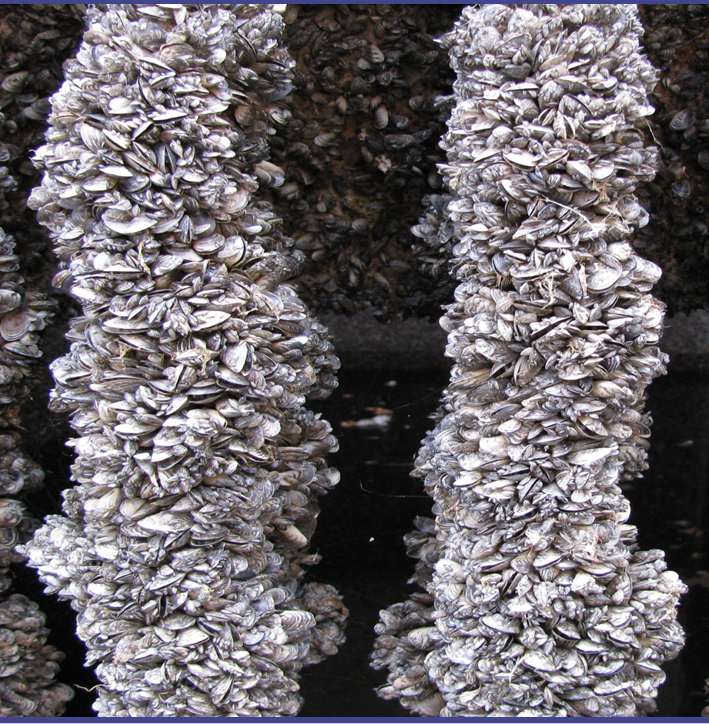
For the last decade or so, the region has worked to prevent the introduction of invasive quagga and zebra mussels to Pacific Northwest waters.
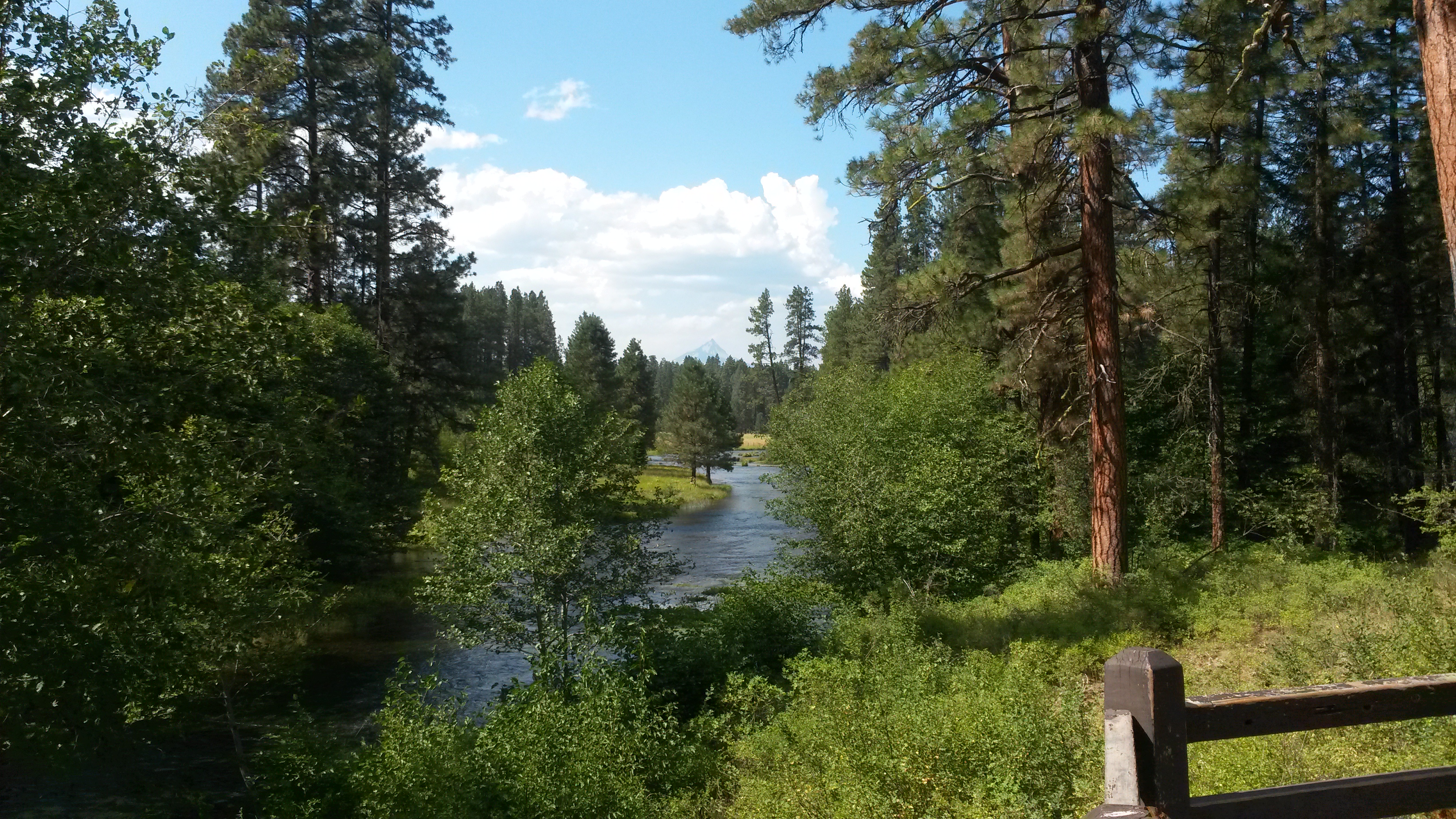
One of the Council’s important tasks in revising its regional power plan is to develop a methodology to determine the environmental costs and benefits of resources. At its December meeting, the Council agreed on a methodology that it will use
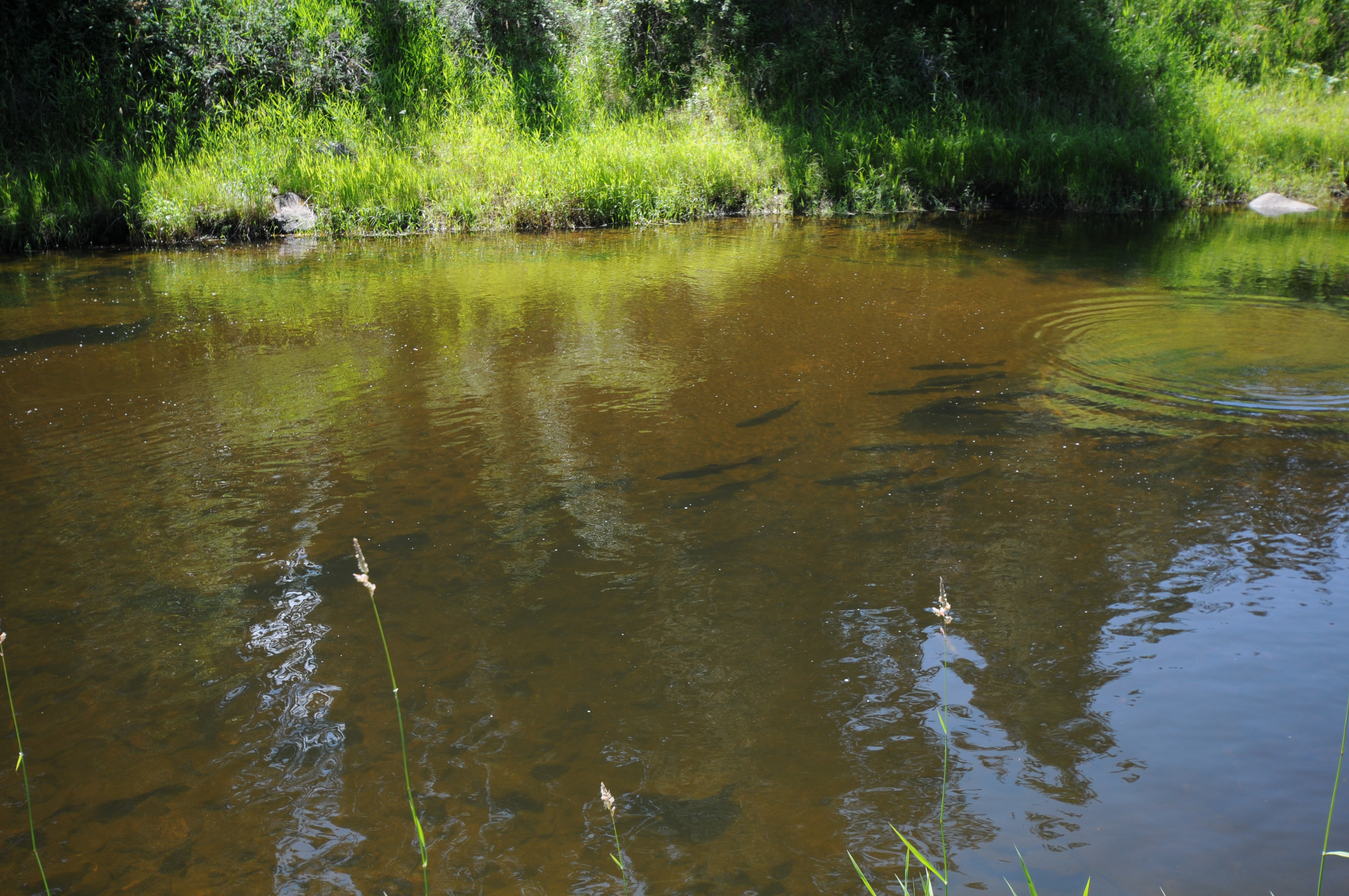
One of the most important commitments to fish in the Council’s new, 2014 Columbia River Basin Fish and Wildlife Program has the distinction of being absolutely vital yet almost impossibly complex and, at first blush, intensely bureaucratic.
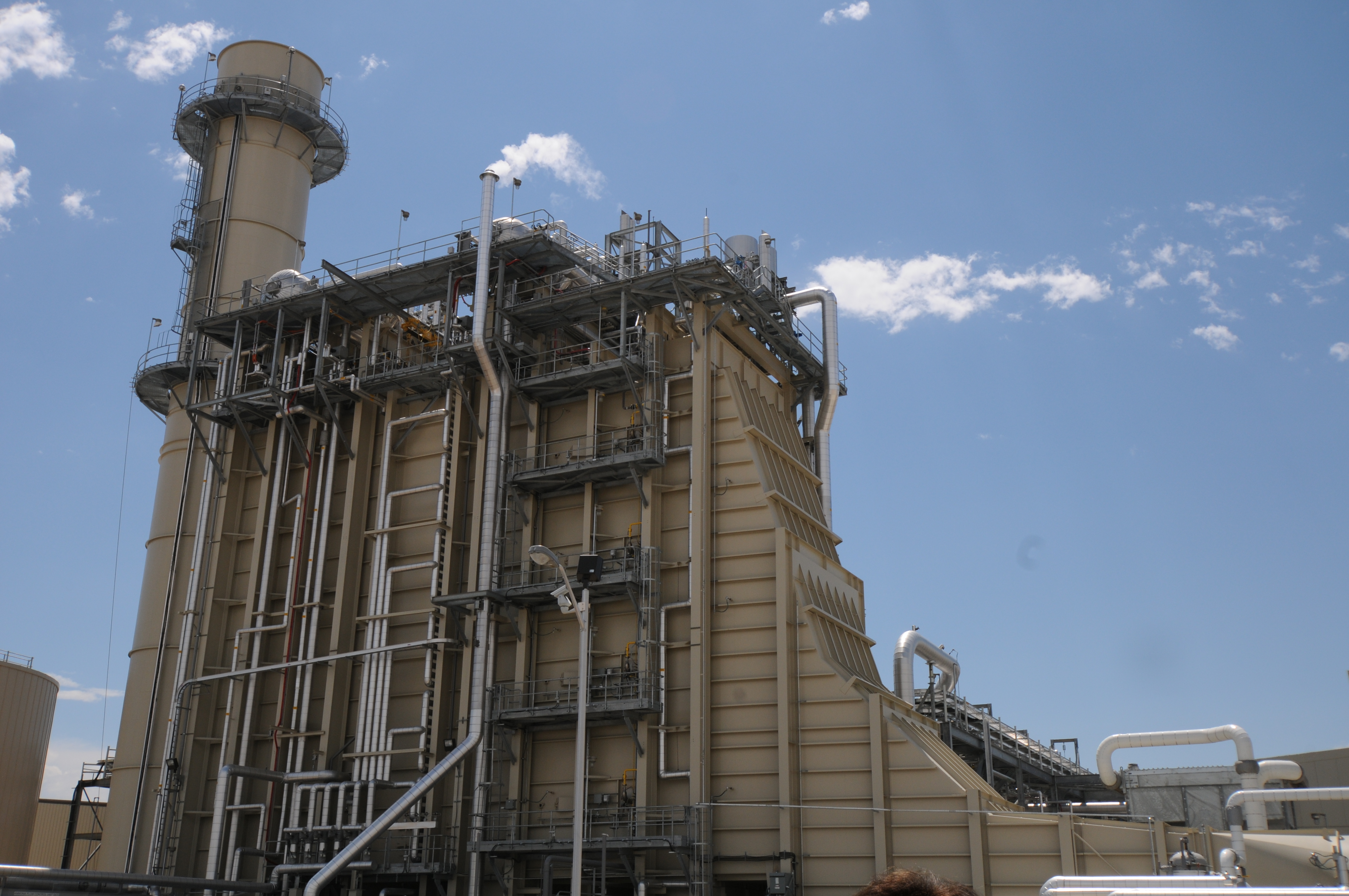
The Council’s Power Planning Division staff is developing the Seventh Power Plan resource strategy, essentially a blueprint for acquiring generating resources and energy efficiency to meet future demand for electricity.
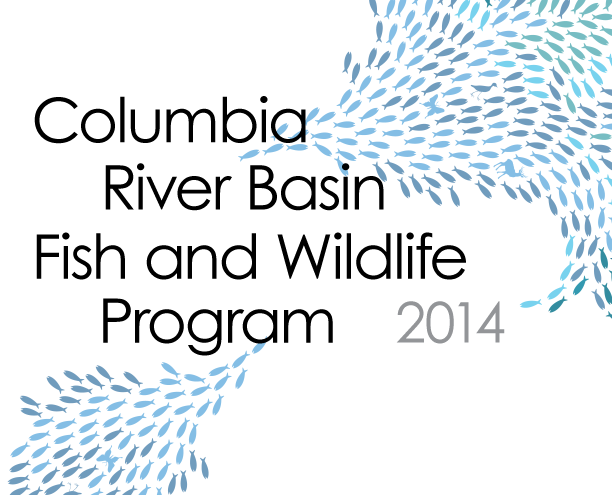
In October, the Council approved the latest version of its Columbia River Basin Fish and Wildlife Program, revised every five years. Now the Council is beginning to discuss how it will be implemented.